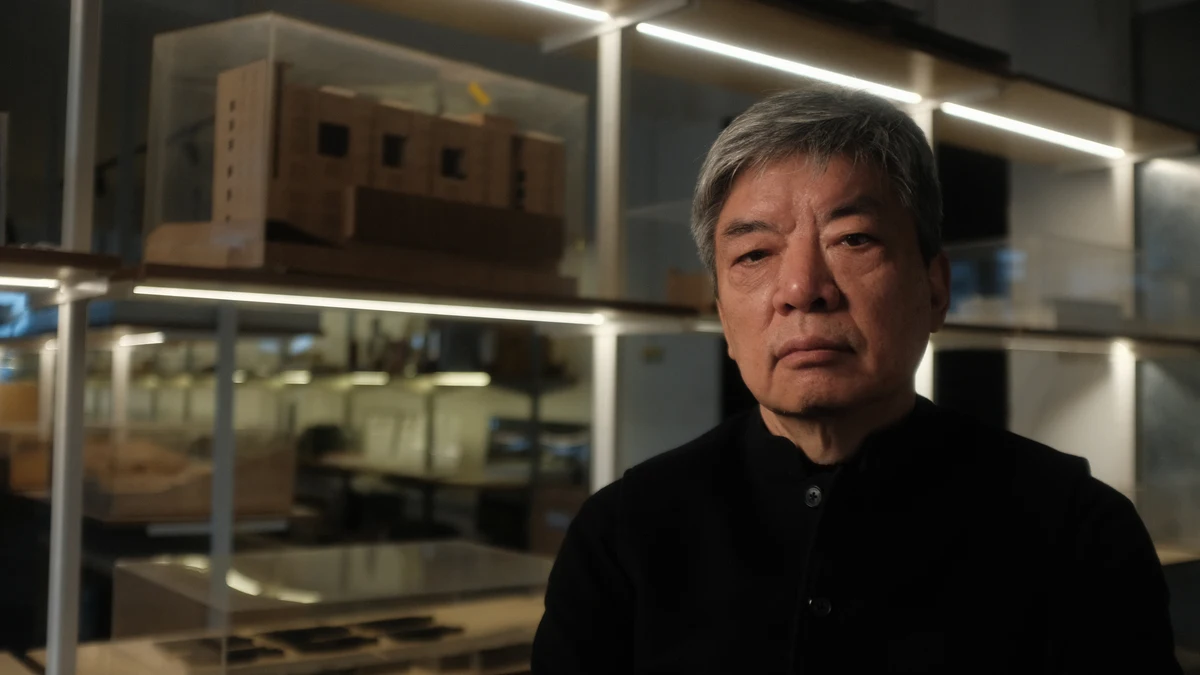
Chinese architect Liu Jiakun has been awarded the 2025 Pritzker Prize, the highest recognition in world architecture, for its innovative vision of the big cities. Its buildings, characterized by wide open spaces and a deep respect for history and nature, transform everyday life and encourage the community into increasingly segmented urban environments.
“With an outstanding work, with deep coherence and constant quality, Liu Jiakun imagines and builds new worlds, free of any aesthetic or stylistic restriction“, highlighted the jury ruling, which praised its ability to adapt each project to its environment without depending on pre -established formulas.
An opposite approach to urban segregation
Alejandro Aravena, president of the jury, stressed the relevance of Liu’s work in a world that tends to generate “endless boring peripheries.” The architect, on the other hand, has developed a strategy that integrates diverse functions in the city, creating spaces that are both buildings, infrastructure and landscapes.
Example of this is his ‘West Village’ in Chengdu, A closed apple, but with wide side openings and a large central garden that combines parks, sports fields and water areas, redefining the relationship between the private and the public.
An architecture rooted in the Chinese tradition
Born in Chengdu in 1956 and graduated in 1982 at the Chongqing Architecture and Engineering Institute, Liu Jiakun has developed his entire career in China. His work is inspired by the Chinese classical architecture, reinterpreting it with a contemporary approach. The Suzhou Imperial Baked Bricks Museum (2016) and the Lancui pavilion of the EGRET Gulf Wetland (2013) reflect this fusion between the past and present.
His commitment to nature It is manifested in the use of local flora and in the design of structures that allow the growth of vegetation in its walls and ceilings, achieving total integration with the environment. “I always aspire to be like water, to merge with the local environment and solidify in architecture,” Liu said.
Although his work has developed exclusively in China, Liu has participated in international events such as the Venice Architecture Biennial (2015) and the Serpentine Gallery of London (2018)where he built a pavilion inspired by confucionism in Beijing.
Source: Lasexta
Bruce is a talented author and journalist with a passion for entertainment . He currently works as a writer at the 247 News Agency, where he has established himself as a respected voice in the industry.












